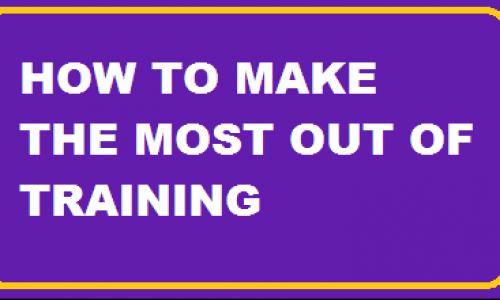Over the years training has become a feel good factor and is linked to good food and a day off, basking in a good hotel.
In the recent times departmental heads and the training manager spend more time on deciding the menu rather than making the programme design.
Inability to measure the efficacy of training programs has led to this rot, now as a manager, if you are genuinely interested in up-skilling your team, how do you put up measurement metrics to demonstrate the efficacy of the programmes?
Kirkpatrick, a veteran of this field, has published taxonomy of different kinds of data that can be used in evaluating training programs in organisations as well as other HR-interventions.
Reaction is the first level of measurement and measure as to how does the participants feel about the training session that they have just attended.
Best practice is to run anonymous surveys so that you can garner honest reactions. This is the most widely used method to evaluate the training programmes.
Learning is the second level of measurement and checks to what extent have the participants absorbed or imbibed the knowledge and skills imparted in the program and to what level have their attitudes changed?
You can assess the participants on their learning from the program. You can make the results from this evaluation objective found using knowledge tests, administered before and after the training programme.
Behaviour is the third level of measurement and checks to what extent has behaviour at work changed as a result of attending the training.
Simple methods of getting evidence here are open questions, asking the participants to describe what they did differently after the program, or asking their managers. A little complex but more robust method is to observe and measure participants’ behaviour changes before and after the training.
Data from the fourth level of measurement is often hard numbers like the profits, return on investment, sales, production quality, quantity, schedules being met, cost ratios, staff attrition, employee grievances, and staff engagement.
These data points are important and relate directly to the annual business plans.
While doing the assessments, gather data from multiple sources, make sure you have practical evaluation methods. It is relatively easy to find “evidence” of changes for each level by comparing pre- and post-assessments.
Courtesy: www.humanresourcesblog.in
Arghaa Hr Technologies
Arghaa HR Technologies flagship division of Arghaa HR Solutions LLP is a Management Business Process Organization managed by highly stupendous professionals from across industries, is bound towards facilitating Organizational Renovation, Managing Human Side Changes eventually creating.
Arghaa Hr Technologies, Flat no1, shreenath apartment, sevilimedu
Kanchipuram
Tamilnadu
631502
India
Kanchipuram
Tamilnadu
631502
India



